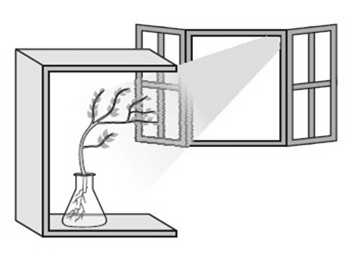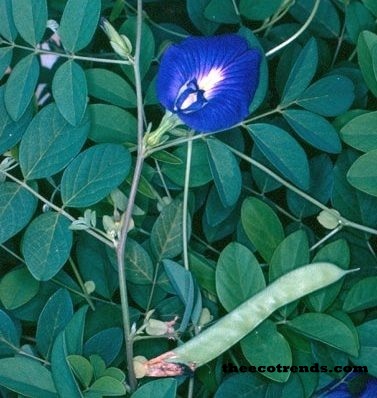Living beings are found across the earth.
The total area where living beings are found is called as biosphere. It can be divided into many small independent units called as Ecosystem. In fact, the unit of biosphere which incorporates many types of microorganisms, plants and animals, physical factors like soil, water, air etc. interacting among themselves is called as ecosystem.
There is a dynamic relation among components of ecosystem.
This relation exists not only among living beings but among non-livings as well. Here is an example- Plants absorb water and minerals from soil. Their leaves absorb carbon dioxide from air. Besides, leaves also absorb sunlight and use it in photosynthesis. Oxygen is released during this process.
During transpiration lots of water gets evaporated from surfaces of leaves. Thus we see that there is a dynamic relation between living beings and non-living beings in the ecosystem. Since all the ecosystems are dynamic systems and an ecosystem is a single unit of the biosphere, the whole biosphere is a dynamic system.
The group of all the ecosystems of a place is called as Biome. Our earth has many types of biomes like Tundra, Taiga, Coniferous forests, Evergreen forests, Deciduous forests, Delta, Estuary, Prairie, grasslands, Deserts etc.
Our environment has two types of ecosystems- Natural and Man-made. Forests, Ponds, Lakes are natural ecosystems whereas crop fields, gardens etc. are man-made ecosystems.
Structure of Ecosystem
Any ecosystem is basically made of two types of components- Biotic components and, Abiotic components.
A. Biotic Components of Ecosystem
All the life forms in an ecosystem constitute Biotic components of that ecosystem. These components constitute three Trophic Levels. These trophic levels have been detailed below –
(i) Producers: This level comprises life forms that synthesis their food on their own. Some examples are green plants and trees, algae, euglena (green animal), and some chemosynthetic bacteria.
(ii) Consumers: Organisms that depend on the food synthesized by producers are called as consumers. Animals and parasitic plants fall under this category. Predators eat the flesh of other animals by killing them. These consumers too depend on producers indirectly. For example an Woolf eats away a rabbit but rabbit eats grass. Thus a rabbit’s flesh is made of grass which is being eaten by the Woolf. Consumers can further be divided into different categories.
(a) Primary Consumer: Consumers that depend on plants or plant products are called as Primary Consumers. Hair, deer, turtle, snail, grass hopper, cow, buffalo and vegetarian humans fall under this category.
(b) Secondary Consumer: Animals that feed upon Primary consumers are known as Secondary Consumers. Vulchers, frog, birds, Woolf, lizard etc. are Secondary Consumers. These are also called as Non- vegetarian or carnivorous animals also.
(c) Tertiary Consumer: Consumers that eat away the secondary consumers are called as tertiary consumers. Fox, Tiger, Leopard, Lion etc. are tertiary consumers. In this category there are some animals that die their own death and no other animal except man can kill them. They are usually called as top consumers. Some animals often eat all types of consumers. These animals are often called as omnivorous animals.
(d) Decomposers: The animals that decompose away the dead bodies of producers and consumers and live on the energy they obtain through decomposing their bodies are called as decomposers. Different types of microorganisms like bacteria and fungi and some insects including termites and some annelids like earthworms are called as decomposers.
Decomposers have to play very important roles in an ecosystem. In absence of decomposers the earth surface may look like heaps of garbage and wastes. If there were no decomposers no decomposition of waste materials could take place and the cycle of materials would be interrupted. This may further lead to serious environmental crisis.
B Abiotic Components of Ecosystem
There are principally three categories of abiotic components of ecosystem-
(1) Physical Components: Soil, water, air etc.
(2) Nutrients like organic and inorganic substances found in the soil that are absorbed as water solution by roots of plants.
(3) Geographical Factors like sunlight, temperature, humidity etc.




